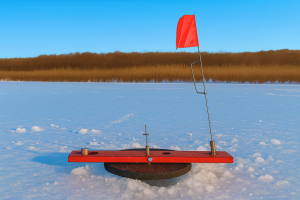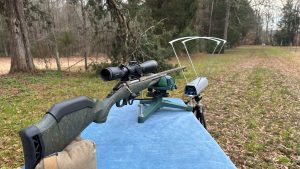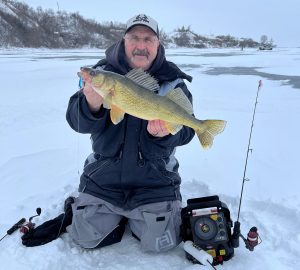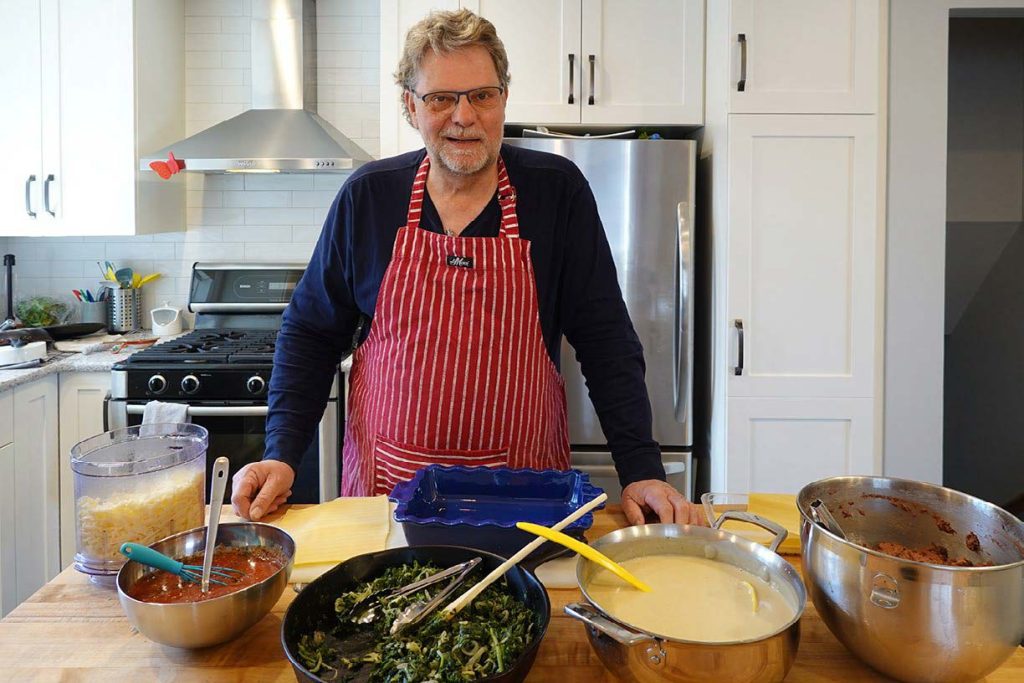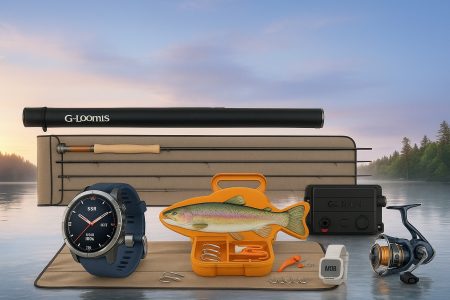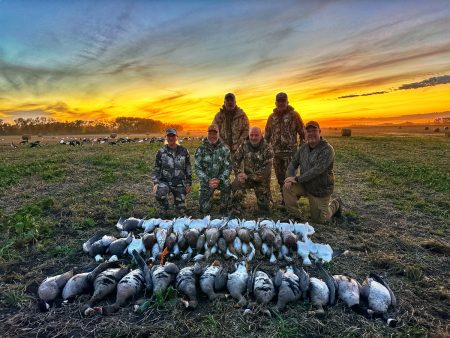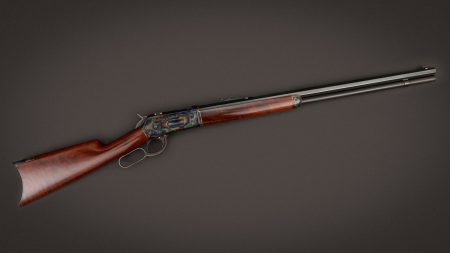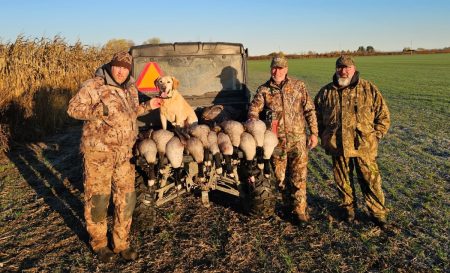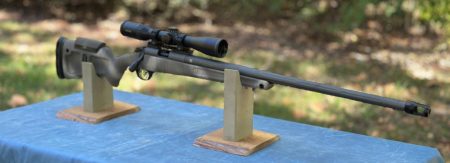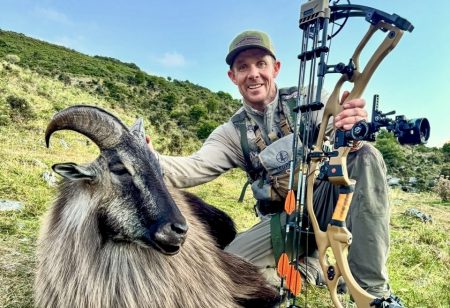If you’re lucky enough to hunt snow geese successfully, you may well have a stack of lean protein that begs the question: What now?
Goose breasts and legs respond well to the confit process. That can be done right after harvest and frozen, made ready to be used in the coming months. The confit process is simple: heavily salt breasts and legs overnight, and rinse and simmer the meat in fat for six to eight hours until the meat is so tender it will shred easily. While the traditional French tradition simmers confit submerged in duck fat, today that process can be simplified with sous vide. The results are similar and there’s no need to find several pounds of premium duck fat or lard for the process.
Anova makes a variety of sous-vide cookers for home use. My Anova Precision Cooker 3.0 provides perfect results. It is Bluetooth-compatible with my phone. I use their app to control the time and temperature, and I can adapt it to function in a variety of cooking pots.
If you have fresh (or freshly thawed) goose breasts, start by salting and seasoning them. I add just 1.5% salt per the percentage of the total meat to be treated. I layer the goose breasts in a stainless bowl and refrigerate them overnight. The next day, I rinse the salt from the breasts, seal the goose in vacuum-packed bags and set the Anova Precision Cooker for 8 hours at 180˚ F.
I usually conduct steps one and two the day after we clean harvested geese. I make up a massive batch of confit and freeze the cooked goose in the vacuum packs used to sous vide the breasts. These are culinary gifts to my future self to be used in any number of recipes—like this lasagna.
This recipe involves some work, because you’re making two fillings and two sauces. I often make and roll my own noodles and make tomato sauce from scratch. But with this recipe, I chose passata (a nearly ready-to-use tomato sauce) and fresh pasta sheets from our local Italian market.
Plan to make two pans of lasagna, one to serve just out of the oven and the other that you’ll cook and put in the freezer for a simple thaw-reheat dinner in a few weeks, when you feel like having a night off from the kitchen.
Snow goose is a wonderfully lean protein that lends itself to multiple treatments in the kitchen. Lasagna is just one innovative way to use this ingredient to create delicious meals from the field.
This recipe makes two 8 x 13-inch pans of lasagna.
Tools and Equipment
- Saucepans
- Stainless bowls (for salting goose and staging ingredients for assembly)
- Food processor to shred cheese (a hand grater will work)
- Cutting board
- Chef’s knife
- Paring knife
- Two 11 x 13-inch baking dishes (I use disposable aluminum pans for the lasagna to be frozen)
- Fine wire whisk
- Wooden spoon
- Ladles and serving spoons to assemble ingredients
- Tongs to portion spinach and shredded goose
- Parchment paper (to line the disposable pan)
- Gram scale
- Anova Culinary sous-vide cooker
- Suitable container to hold vacuum bags and water for the sous vide process
- Cast iron skillet (Lodge is my preference)
- Instant-read thermometer
Ingredients
Spinach Filling
- 2 pounds of frozen spinach, thawed
- 3 garlic cloves, peeled and sliced finely
- 3 shallots, peeled and sliced finely
- 2 tablespoons butter
- 2 tablespoons canola oil
- 1/2 teaspoon each of salt and pepper.
Bechamel Cheese Sauce
- 1/3 cup butter
- 1/3 cup all-purpose flour
- 3 cups of goose, duck or chicken stock
- 1 cup of whipping cream
- 125 grams (1/4 pound) Parmesan cheese, shredded
- 225 grams (1/2 pound) cheddar cheese, shredded
- 225 grams (1/2 pound) of fontina cheese, shredded
Other Ingredients
- 8 pasta sheets of lasagna noodles (Sizes vary; what you need is four layers of noodles for each of two pans.)
- 450 grams (1 pound) of full-fat mozzarella, shredded for topping
Tomato Sauce
- 660 ml/20-ounce bottle of passata (strained tomato sauce)
- Liquid drained from the goose breasts from the sous-vide process
- 1 cup of water
- 2 tablespoons of Italian seasoning
Shredded Goose
- 6 snow goose breasts, confited and processed via sous vide for 6 hours at 180˚ F
- 1 teaspoon coarse salt
- 1 teaspoon coarse black pepper
- 660 ml/20-ounce bottle of passata (strained tomato sauce)
- 3 tablespoons of Italian seasoning
Method
Day 1
(This and Day 2 steps can easily be done as soon as the geese are prepared to be butchered. Or, you can freeze fresh breasts and prepare them as described below.)
- Clean snow goose breasts, season liberally with salt (I have found 1.5% salt by weight suits my taste.)
- Let rest in the fridge overnight.
Day 2
- Remove the breasts, rinse with cold water, dry and seal in vacuum bags
- Set up the sous vide cooker and container with enough water to cover the vacuum-packed bags and add the vacuum-packed goose.
- Set the Anova to run for 6 hours at 180˚
- When the cooking cycle is complete, cool the bags in cold water and store them in the fridge overnight.
- Thaw spinach in the fridge overnight.
Day 3
Make bechamel cheese sauce:
- Melt butter in a saucepan on medium heat, add the flour and stir well. Continue to cook on medium for five minutes.
- Add cold poultry stock and cream.
- Whisk to smooth the sauce and bring to a boil.
- Turn the heat down and simmer for three minutes. Whisking every minute or so to ensure the sauce is smooth.
- Add the three shredded cheeses and stir well with a wooden spoon.
- Turn off the heat.
4. Sauté spinach, garlic and butter.
- Add oil and butter to the skillet over high heat.
- Sauté garlic and shallot slices until the shallots are translucent. (About 5 minutes.)
- Squeeze the excess water from the thawed spinach, chop coarsely add to the sauteed garlic and shallots. Cook for five minutes.
- Remove from heat.
5. Shred the goose breasts.
- Pour off and reserve the liquid from the vacuum bags.
- Pull apart the breasts like shredded pork.
- Mix one bottle of tomato sauce, salt, pepper and two tablespoons of Italian seasoning into the meat. (Note: Using the paddle attachment on the Kitchen Aid is one way to speed up this process and give the meat a more finely shredded texture.)
6. Assemble the tomato sauce.
- Pour tomato passata into a large bowl.
- Add Italian seasoning, one cup of water and the reserved liquid from the goose breast vacuum bags.
- Add salt and pepper.
7. Assemble the lasagna
- Pour 1/3 cup of tomato sauce into the bottom of the baking dish.
- Add a sheet of lasagna.
- Add a layer of shredded meat and some additional sauce.
- Add a layer of pasta.
- Add a layer of spinach and cover with cheese sauce.
- Repeat pasta, meat, pasta, spinach and cheese sauce.
8. Top with shredded mozzarella
9. Bake at 350˚ F for 60 to 90 minutes
- Bake until the cheese on top is lightly browned and the internal temperature of the center of the lasagna is 180˚
Lasagna is just one example of how snow goose can be incorporated into your menus. Home-made lasagna made with fresh noodles is a good reason to celebrate. Adding a layer of shredded goose to your lasagna doubles the celebration and extends the pleasure of the hunt.
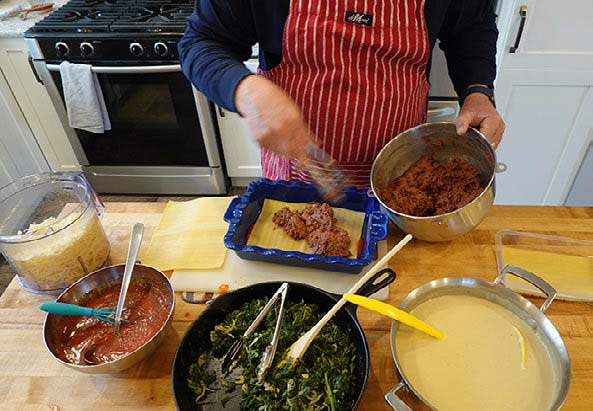
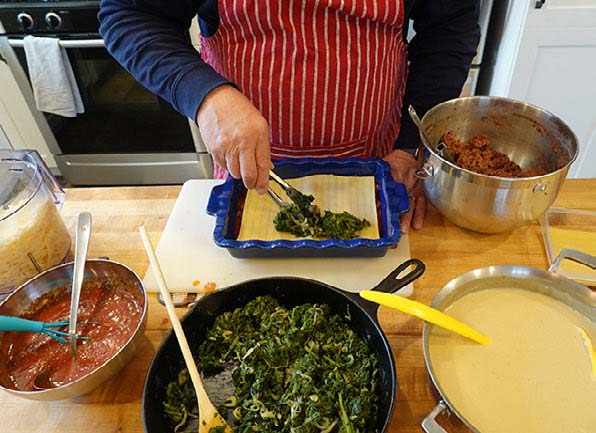
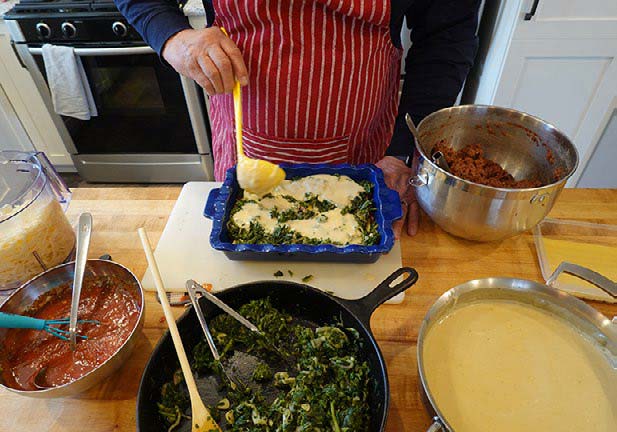
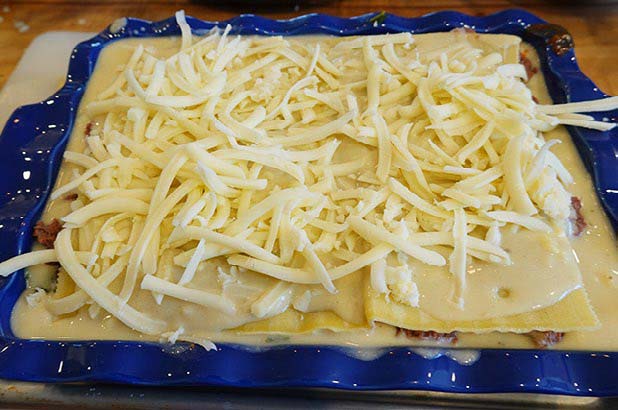
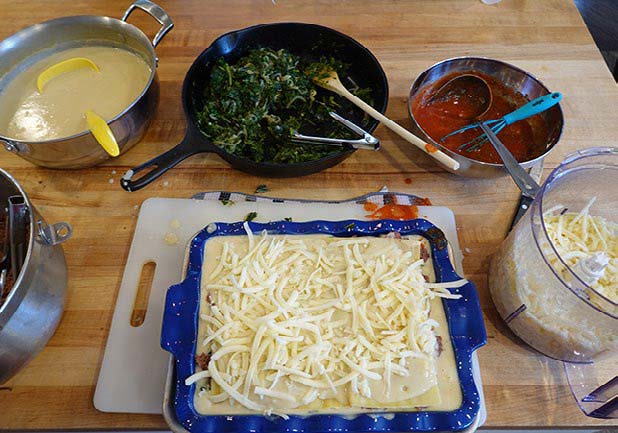
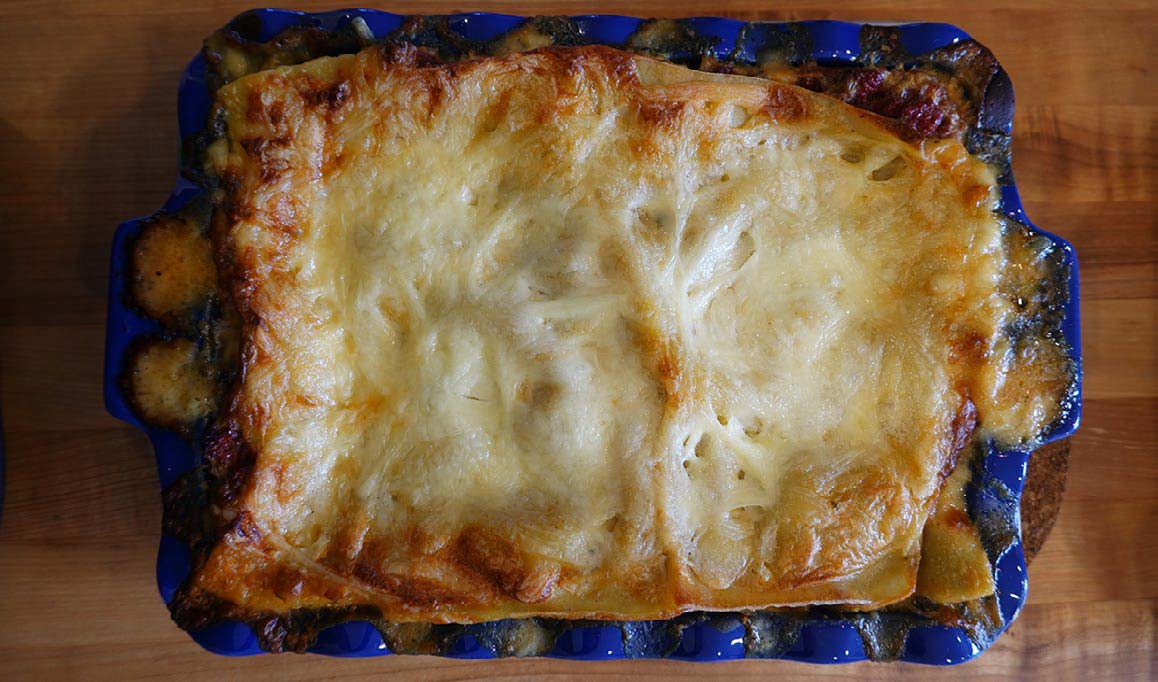
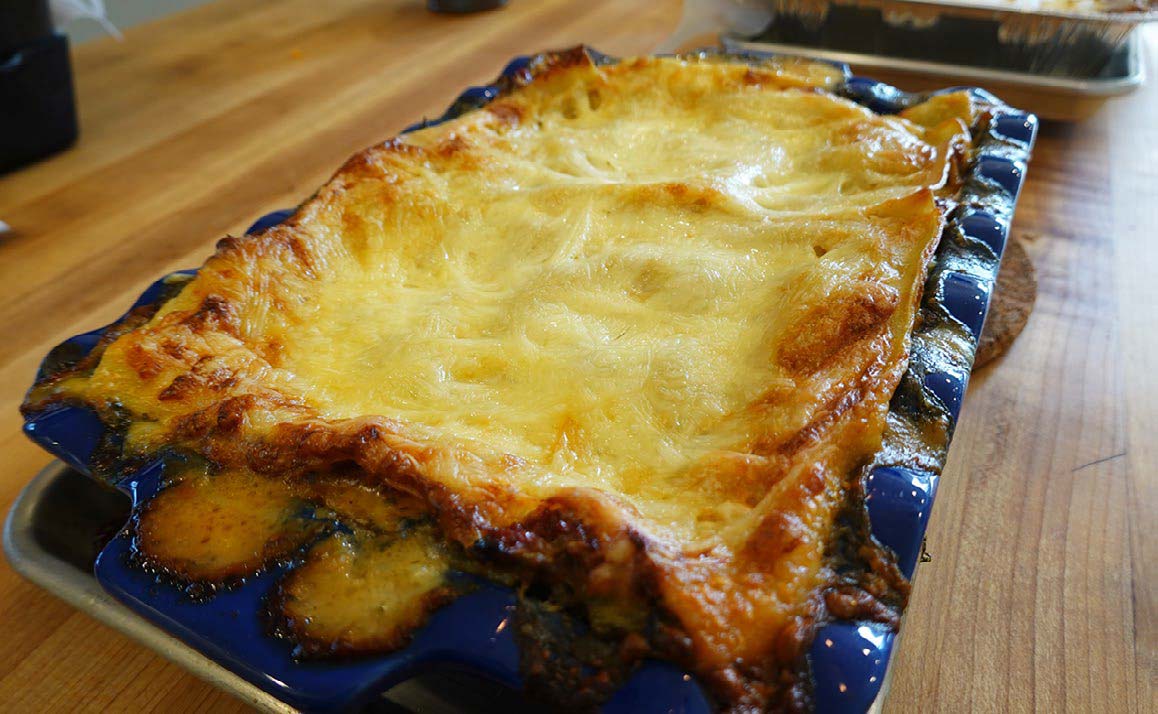
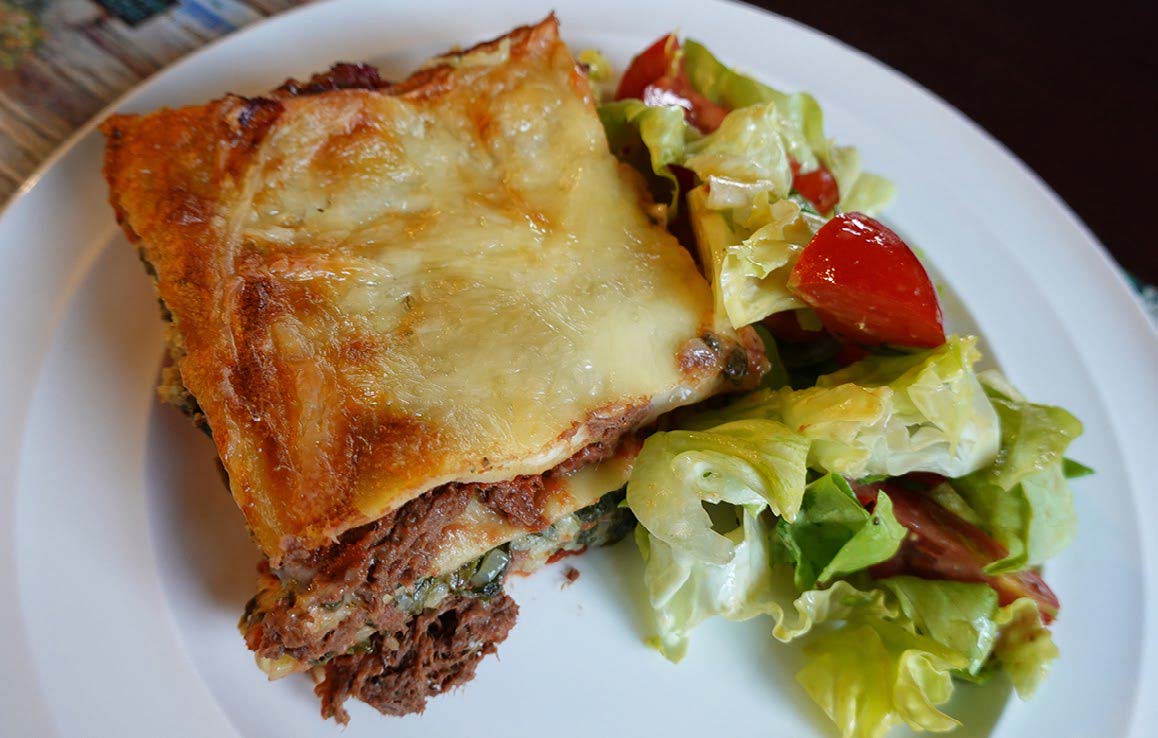
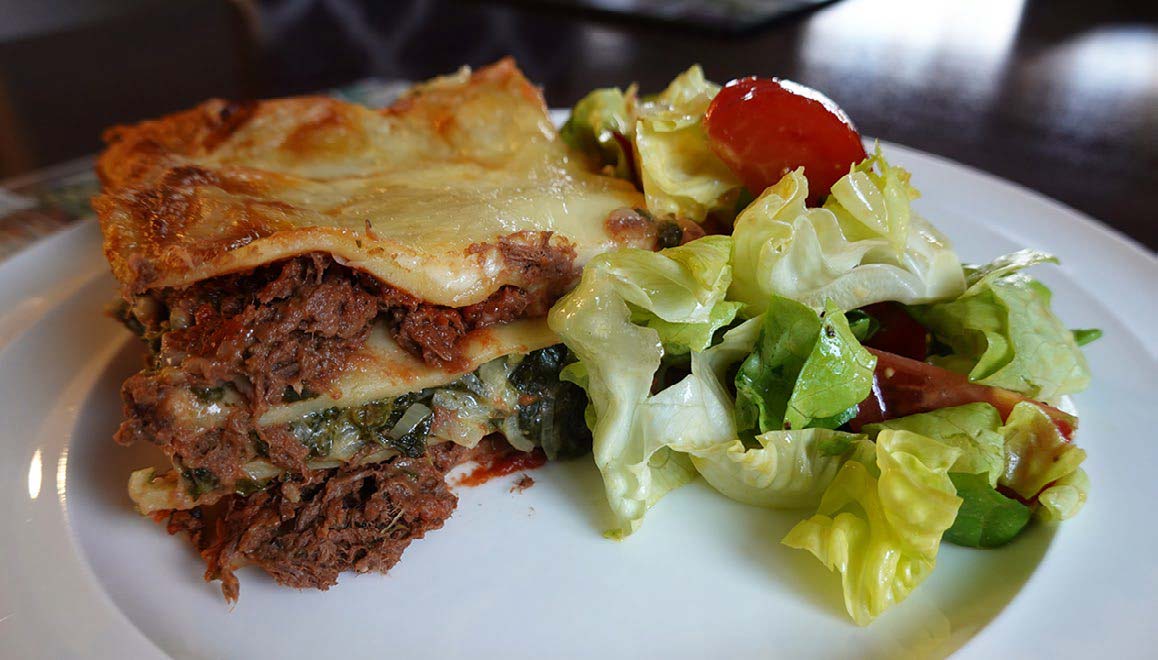
Per our affiliate disclosure, we may earn revenue from the products available on this page. To learn more about how we test gear, click here.

